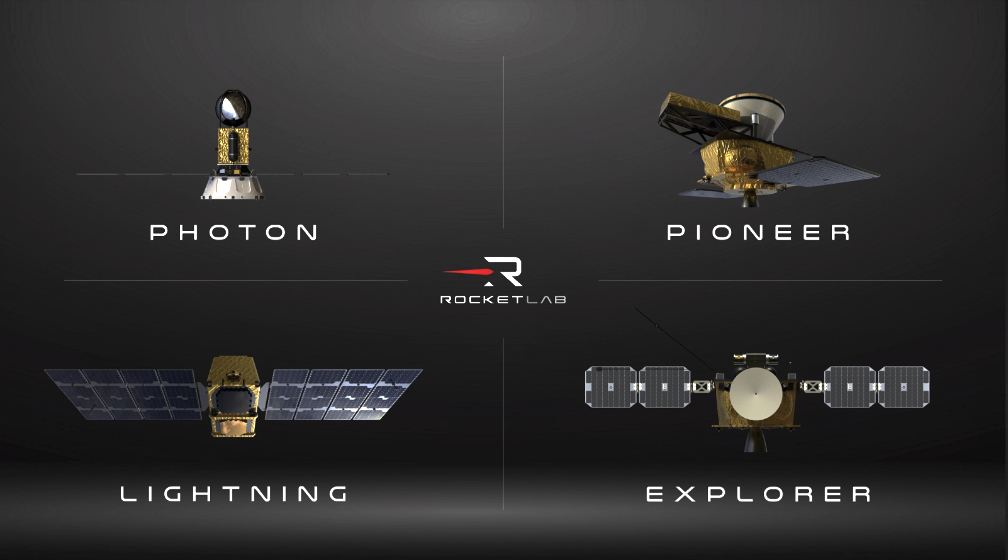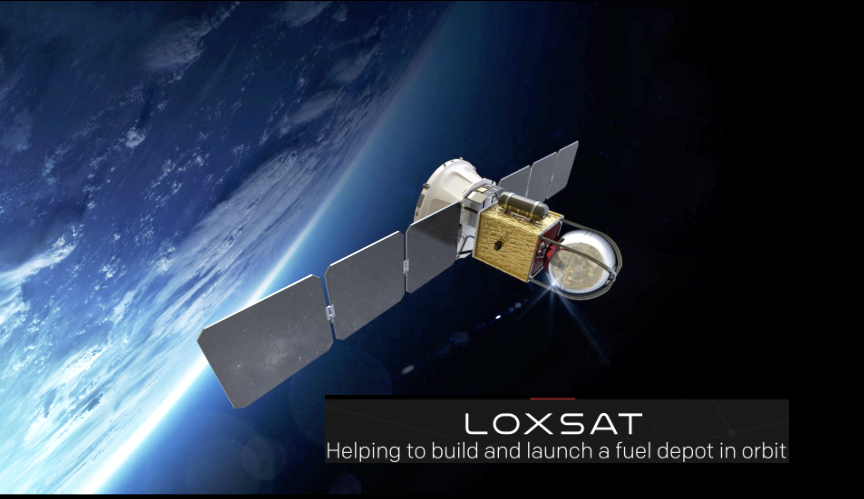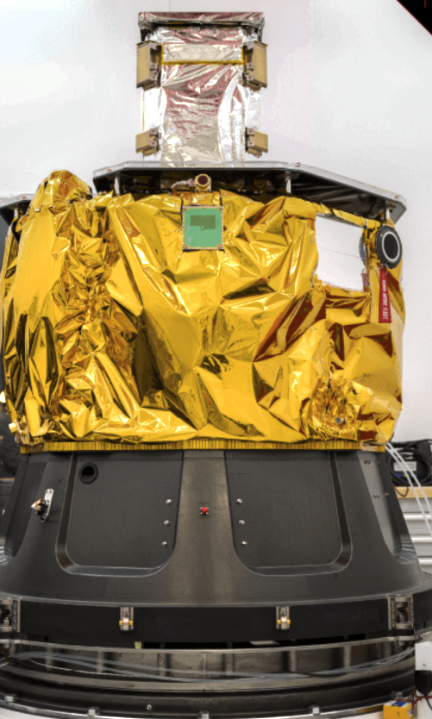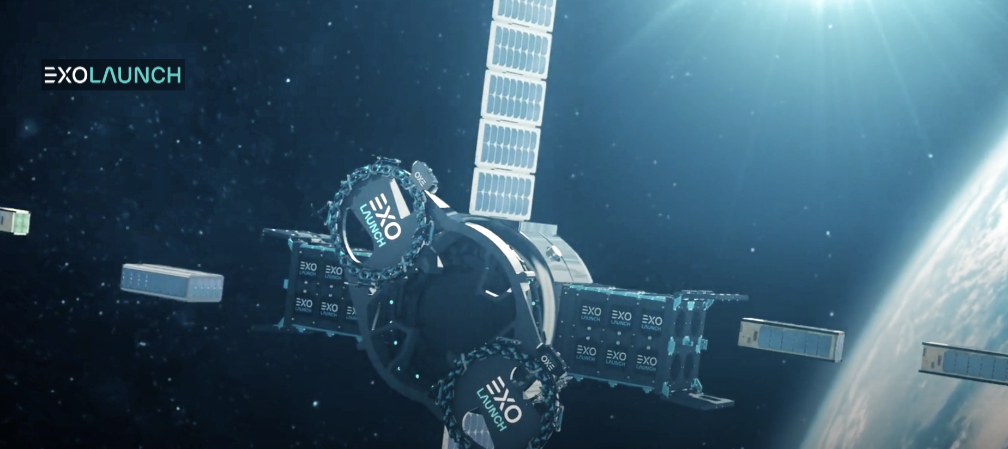
Exolaunch, the global leader in launch mission management, integration, and satellite deployment services, announced the successful deployment of 28 customer satellites during the SpaceX Transporter-10 Rideshare mission. The mission, which took place on March 4, 2024, from Vandenberg Space Force Base in California, marks another milestone in Exolaunch’s commitment to advancing the booming commercial space and smallsat industry.
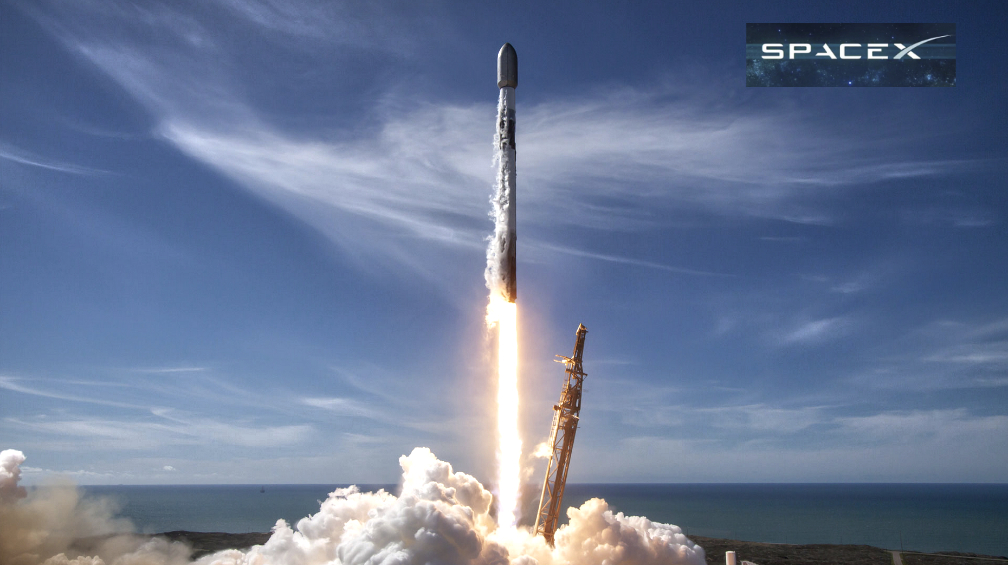
Exolaunch has participated in all Transporter missions to date, and the Transporter-10 mission builds upon Exolaunch’s previous successes, bringing the company’s total number of deployed satellites up to 391. Exolaunch has a Multi-Launch Agreement with SpaceX, and with each launch procured under the contract, Exolaunch provides its trusted mission management, industry-leading integration services, and flight-proven proprietary separation hardware to ensure efficient and reliable satellite deployments to its customers.
Exolaunch’s customers on the Transporter-10 mission included: Aerospacelab, Careweather, ICEYE, Kongsberg NanoAvionics, Loft Orbital, Muon Space, ONDO Space, Open Cosmos, Orbital Astronautics, SATORO Space, Satlantis, Spire Global, Unseenlabs, and Universität Würzburg.
The end-users that were also served included: CEiiA (Portugal’s Center of Engineering and Product Development) via Open Cosmos, CONTEC via Kongsberg NanoAvionics, and Hubble Network via Spire Global.
In addition, Exolaunch provided its proprietary deployment solutions and integration services to Sidus Space, Space Machines Company and Satellogic.
Hailing from locations around the world – such as Argentina, Australia, Belgium, Finland, France, Germany, Lithuania, Mongolia, South Korea, Spain, Taiwan, the United Kingdom, and the United States – this mission marked one of Exolaunch’s most diverse yet. To effectively navigate intricate technical, logistical, and legal processes, Exolaunch clients onboard the mission received a service package which facilitated end-to-end testing, integration, global shipping, and deployment of their satellites.
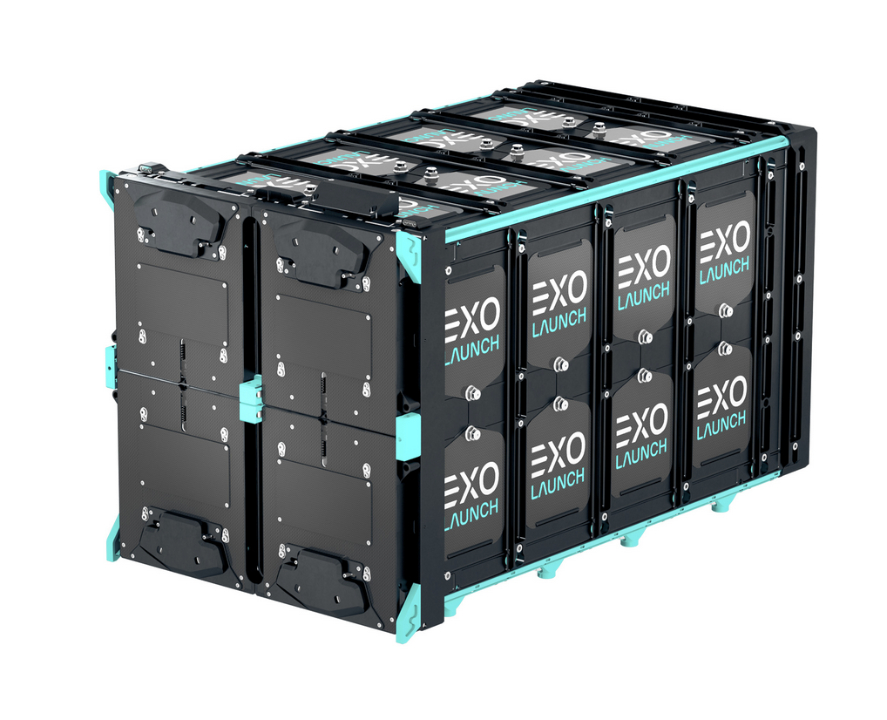
The Exolaunch satellites aboard this mission included 16 nanosatellites up to 16U and 12 microsatellites up to 250+ kilograms, and were deployed via eight of Exolaunch’s EXOpod Nova deployers and 12 CarboNIX separation systems. Each payload serves various purposes, contributing to critical advancements in space technology. Notable applications include maritime domain awareness, testing artificial intelligence capabilities in space, and environmental and climate monitoring.
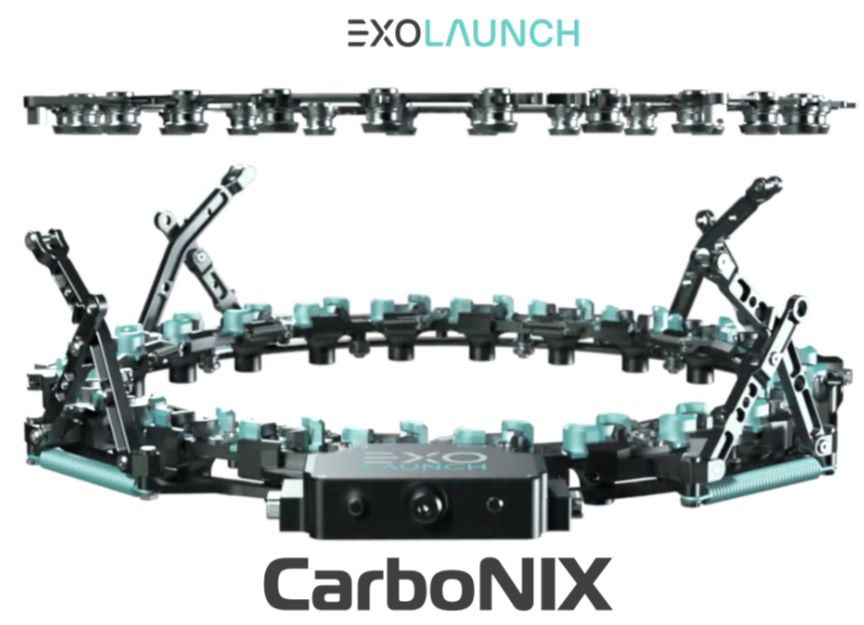
Exolaunch continues to demonstrate its expertise in launch mission integration and deployment technologies, with the Transporter-10 mission showcasing the deployment of a wide range of satellites for a variety of innovative purposes. The success of Exolaunch’s customers on the Transporter-10 mission highlights Exolaunch’s commitment to providing turnkey solutions that meet customer needs and respond to market trends.
“Exolaunch was thrilled to fly on the Transporter-10 mission with SpaceX, deploying an impressive 28 customer satellites into space,” said Jeanne Allarie, chief commercial officer at Exolaunch. “We extend our deepest gratitude to our valued customers and partners, who have placed unwavering trust in our team and services. SpaceX’s Transporter program has redefined the landscape of launching small satellites into orbit, providing an unparalleled and reliable service that reflects their spirit of innovation and cutting-edge launch capabilities. As we celebrate this milestone, we are thankful for the trust we’ve earned and excited for the program’s future, anticipating the rapid launch of many more satellites on a large scale. Exolaunch is well-positioned and prepared to grow alongside the evolving market dynamics, and we look forward to continued success in contributing to the Transporter program.”
About Exolaunch
Exolaunch (Germany, USA) is a global leader in launch mission integration and deployment technologies. With a decade of flight heritage and over 390 satellites launched across 26 missions to date, Exolaunch leverages industry insight to tailor turn-key solutions that meet customer needs and respond to market trends. Exolaunch fulfills launch contracts for industry leaders, the world’s most innovative start-ups, research institutions, government organizations, and international space agencies. The company develops and manufactures its own flight-proven and industry-leading small satellite separation systems, with the fastest-growing heritage on the market. Exolaunch is committed to making space accessible to all and to promoting its safe, sustainable, and responsible use.

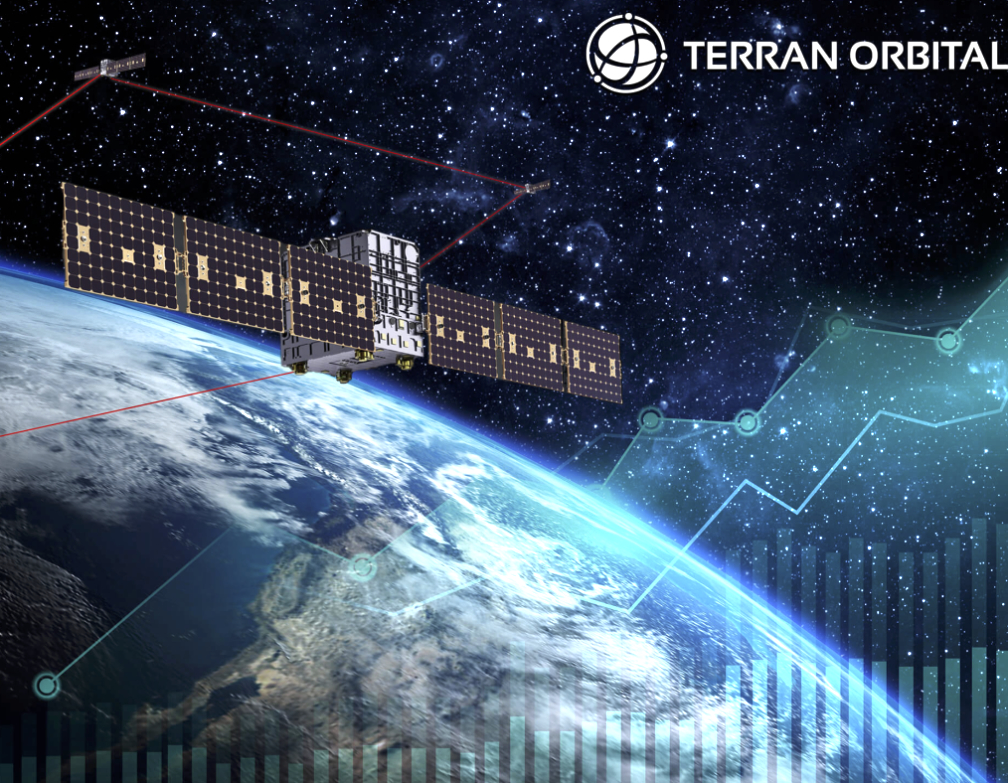

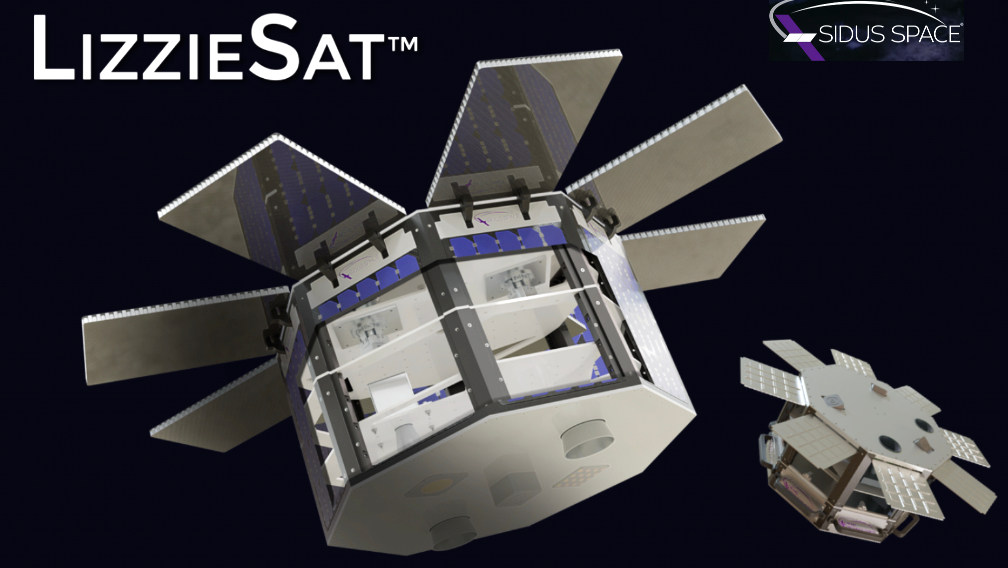
 signifies a monumental achievement for Sidus Space, marking the company’s entrance into the next era of space technology and data services.
signifies a monumental achievement for Sidus Space, marking the company’s entrance into the next era of space technology and data services.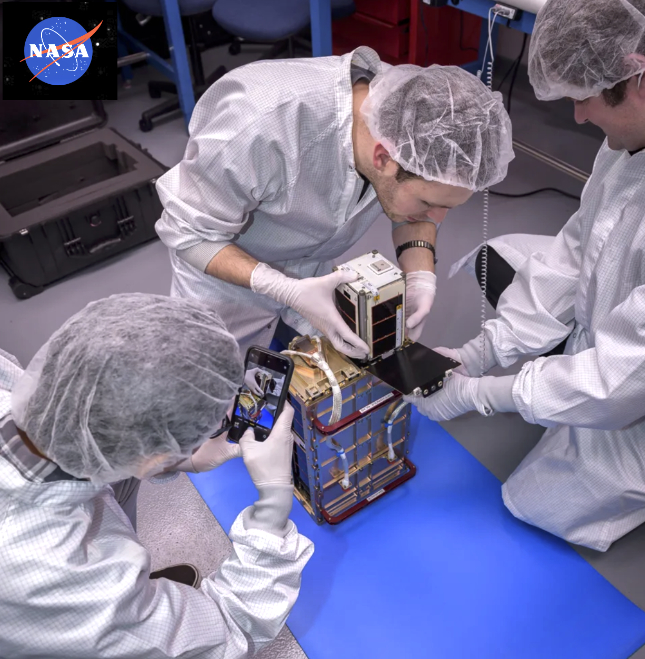
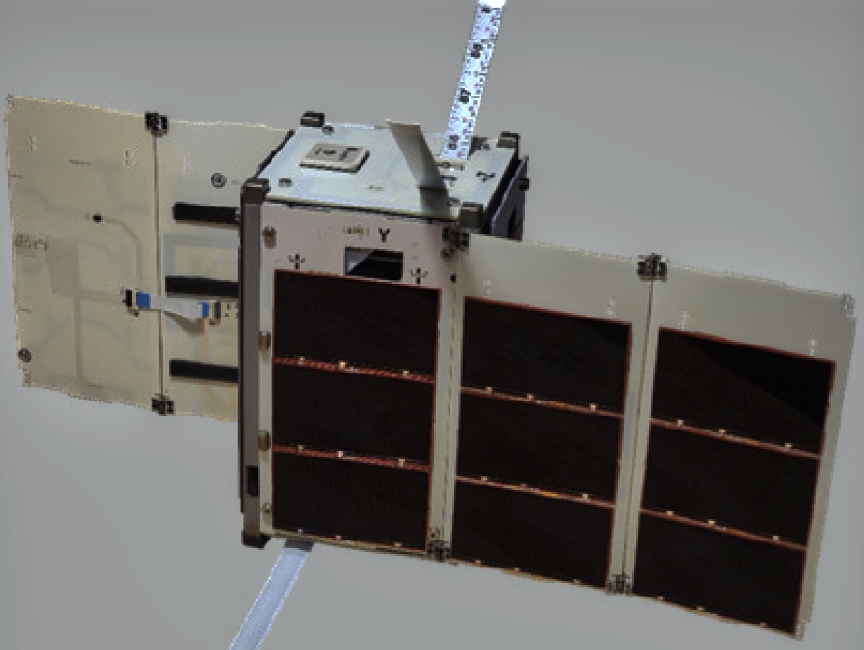
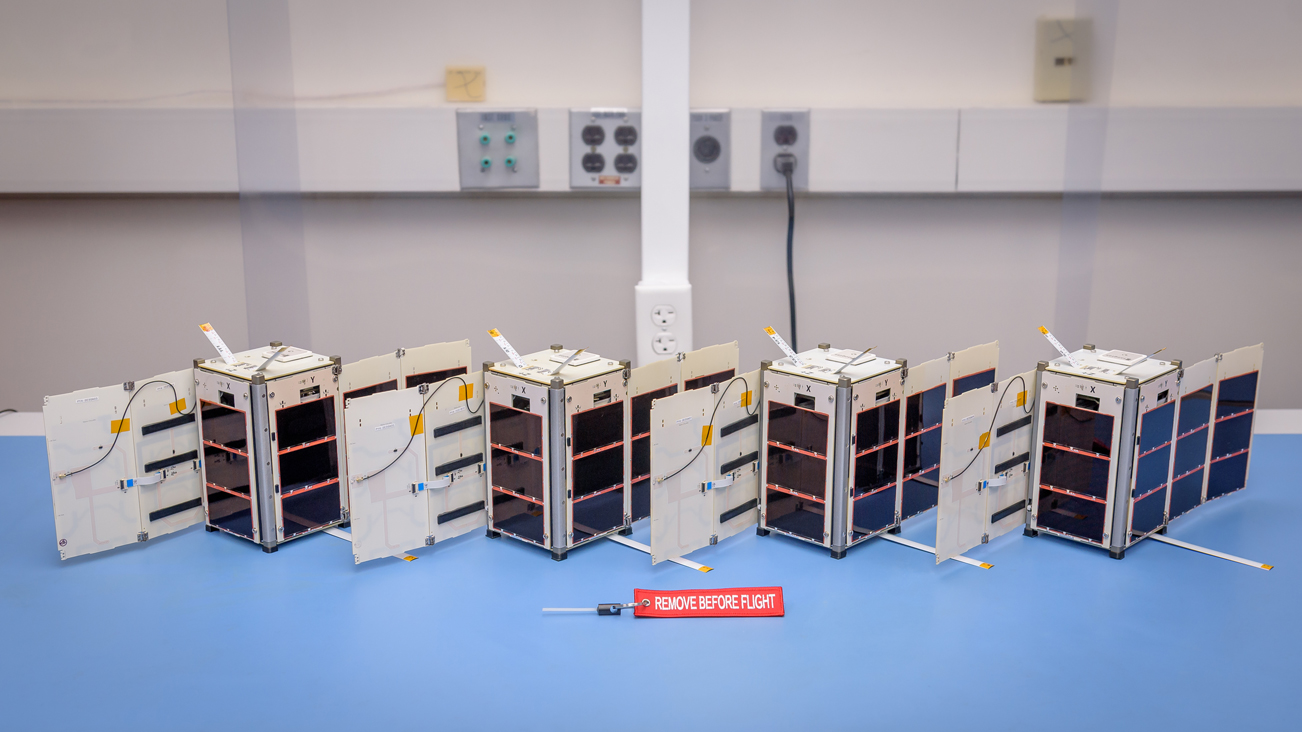
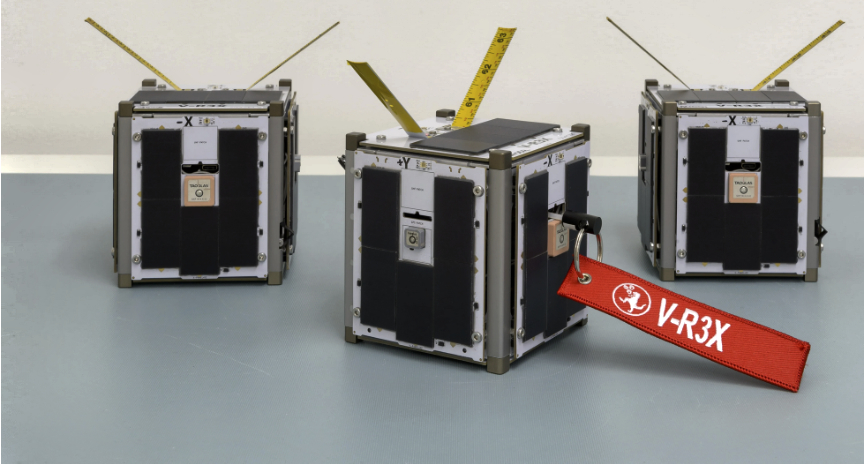
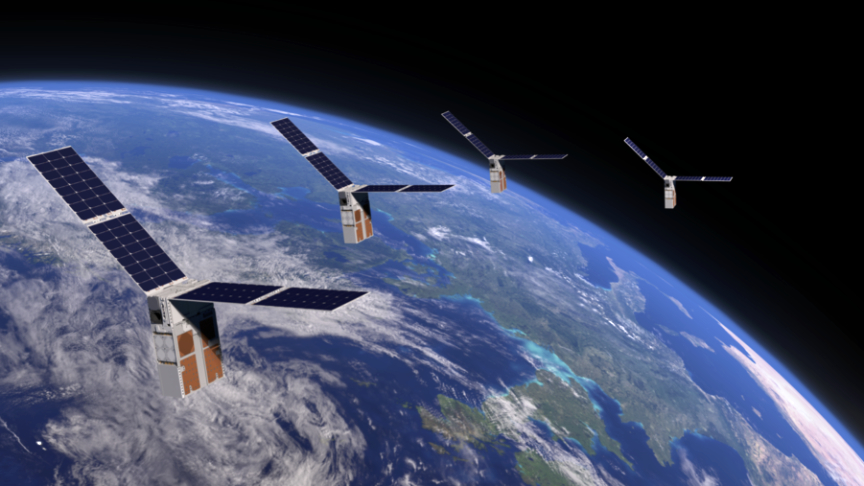
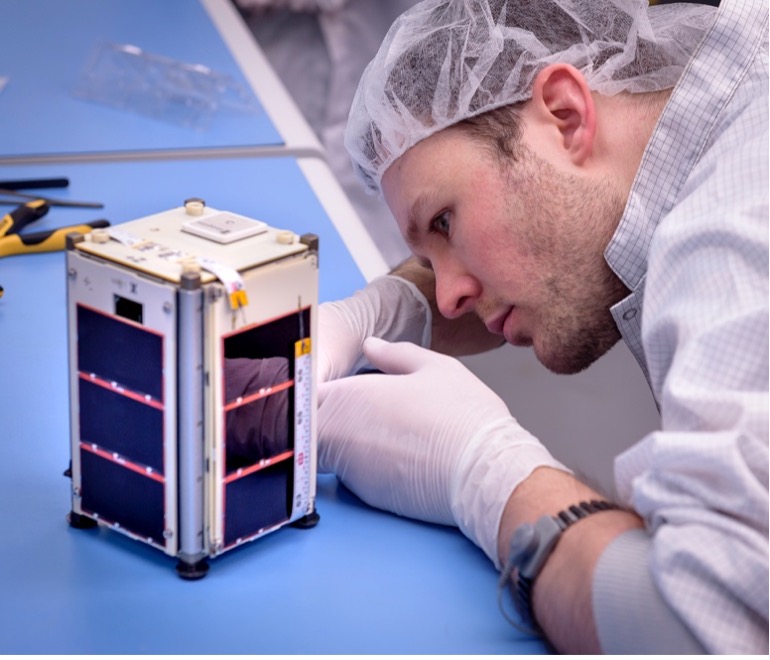
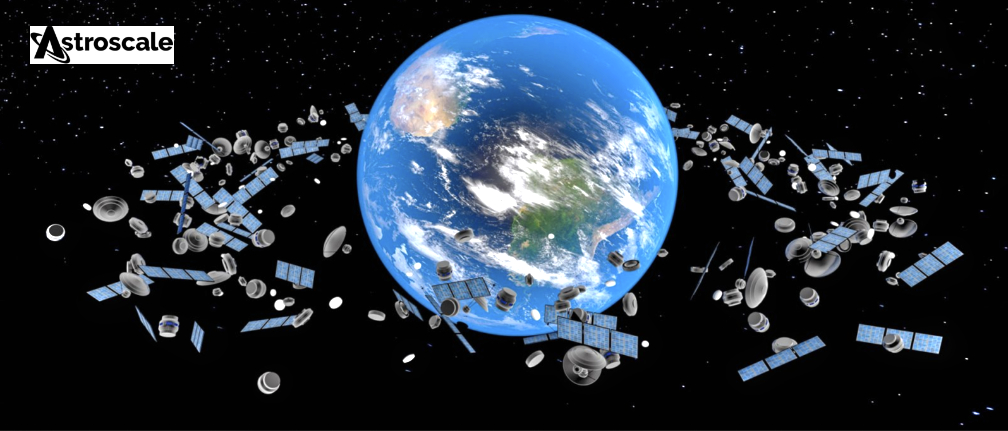








 services into its network to provide affordable, high quality broadband connectivity worldwide. Telesat’s global network is composed of 198 state-of-the-art LEO satellites that are seamlessly integrated with on-ground networks.
services into its network to provide affordable, high quality broadband connectivity worldwide. Telesat’s global network is composed of 198 state-of-the-art LEO satellites that are seamlessly integrated with on-ground networks.